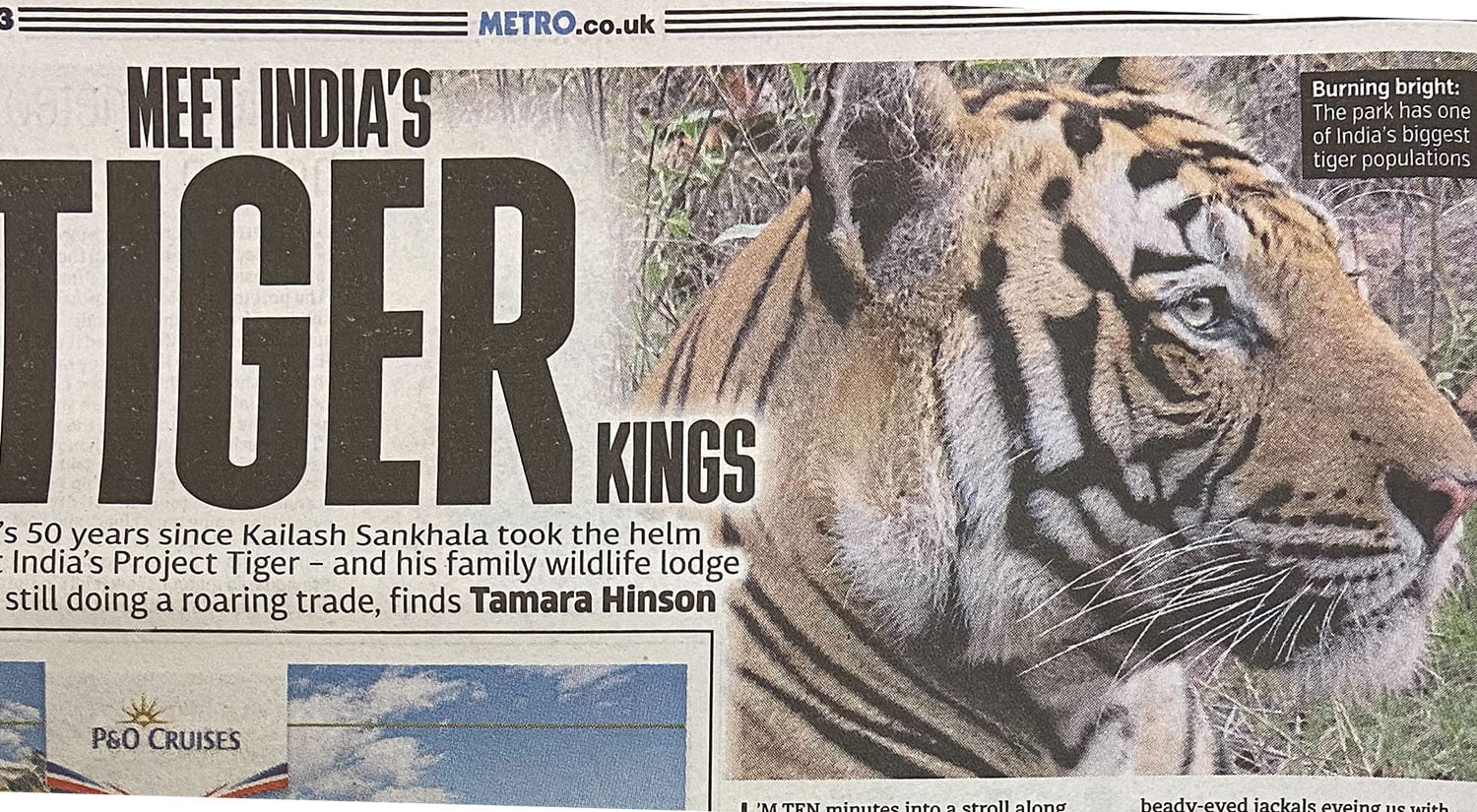
It’s 50 years since Kailash Sankhala took the helm at India’s Project Tiger – and his family wildlife lodge is still doing a roaring trade, finds Tamara Hinson. MTEN minutes into a stroll along Bandhavgarh National Park’s boundary when I start questioning my keenness to see the wildlife. My companion is naturalist Simranjit, whose stories amuse and terrify in equal parts. He chuckles when he realises I mistook the flimsy fence for some kind of barrier.
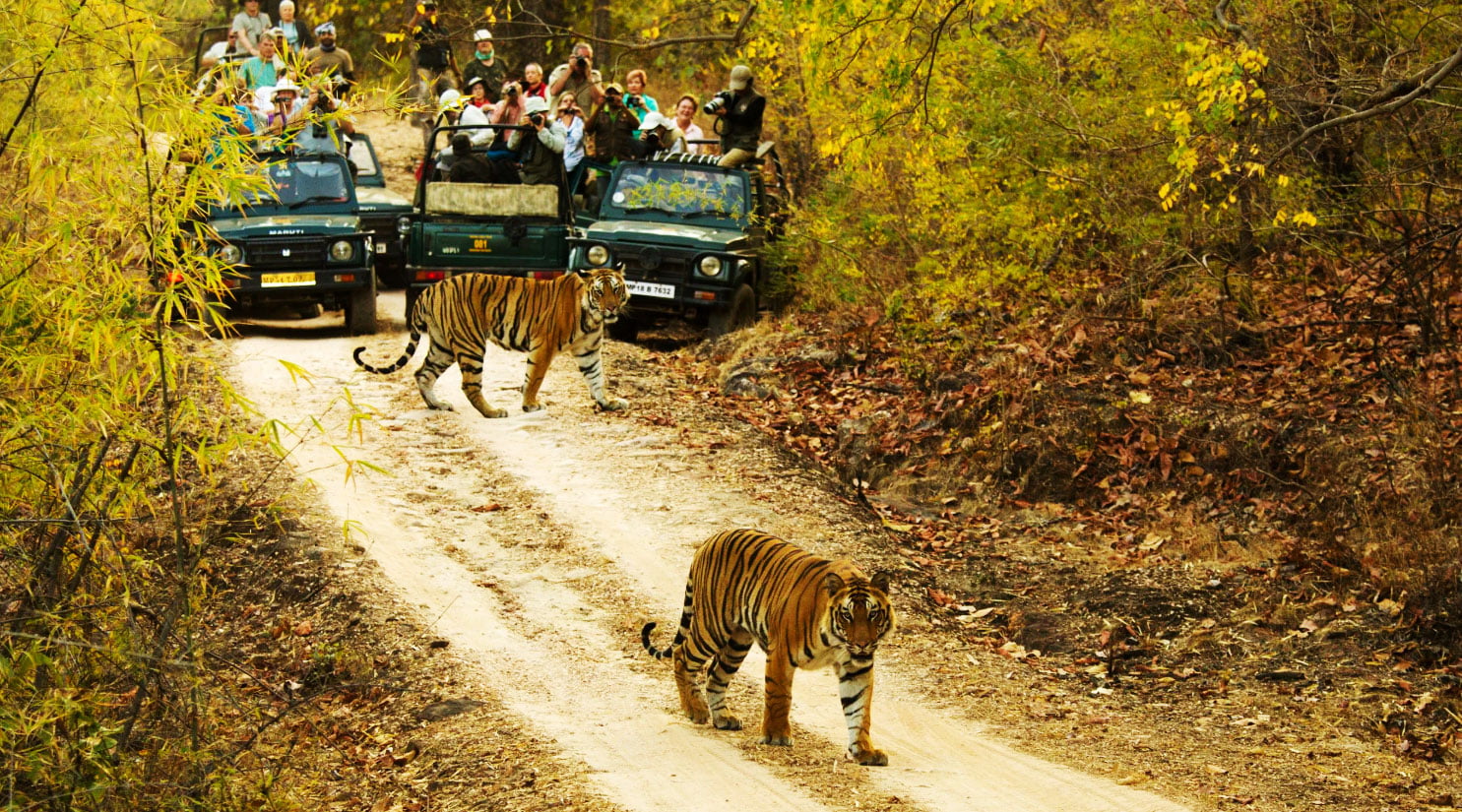
Alarm calls from monkeys grew increasingly shrill, the shrieks of peacocks ever louder. The jungle was on red alert. Such animal warnings about predators are just what you want to hear if you’re searching for a big cat in India: in this drum roll of agitation, our 4×4 rounded a corner and came to an abrupt halt. In front of us, a tiger had stepped out of the undergrowth.
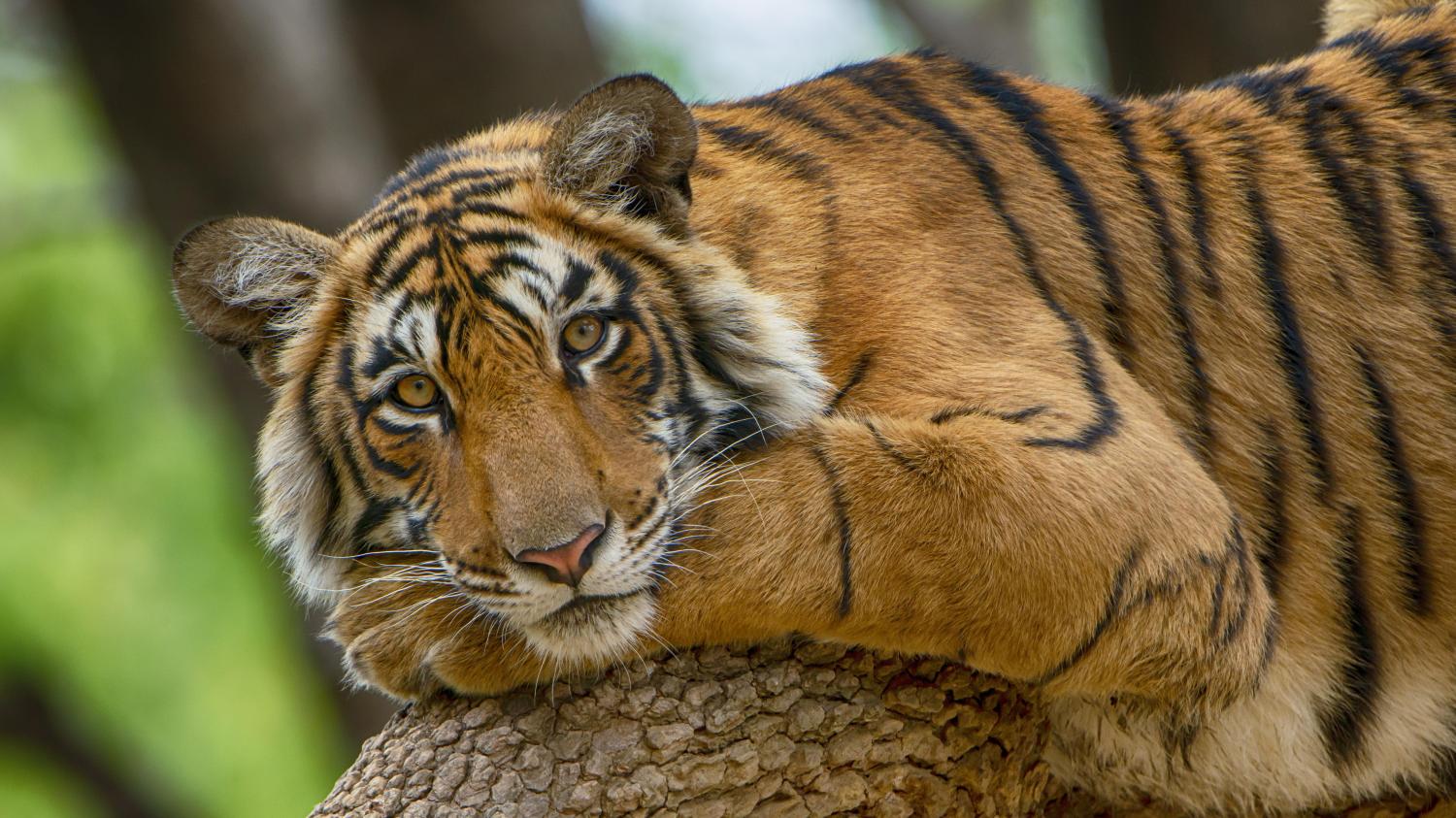
Bandhavgarh National Park, for example, has more than 100 tigers living in nearly 600 sq miles of meadow, mountain and honey-scented sal forest. Of this, 316 sq miles is the buffer zone, shared with humanity, and 275 sq miles is the core. Tourists have access to just 20 per cent of the latter — or 55 sq miles — but because vehicles are not allowed off-road, the total area within which you might see a tiger comprises the width of the track and perhaps 100 yards on each side.
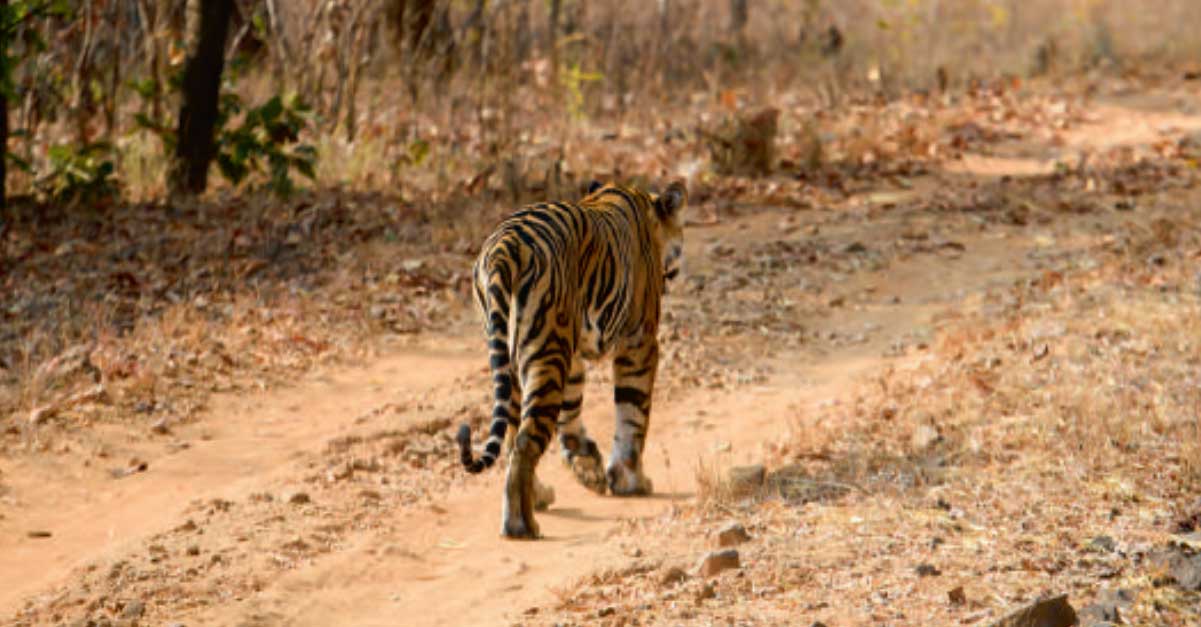
Sankhala is certain I’ll see a tiger. He tells me this as we bump along the dirt roads of Bandhavgarh National Park, India’s tiger country – 1,540km2 of swaying grassland and tropical forest where the mighty Bengal tiger roams freely.
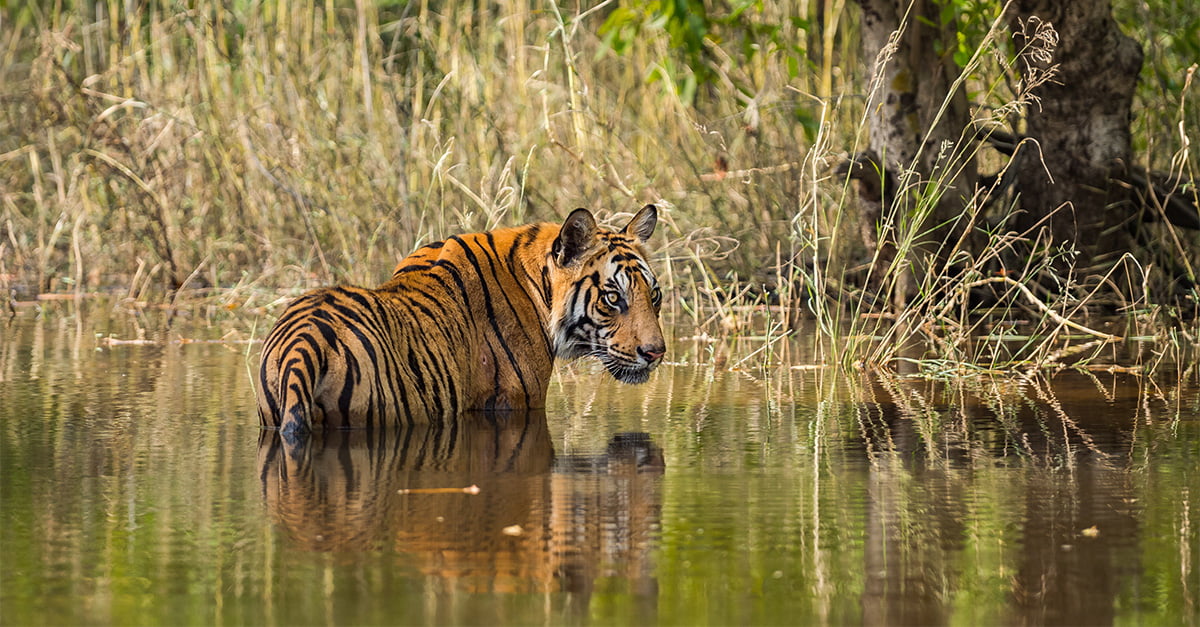
Tamara Hinson heads to Bandhavgarh National Park, one of India’s best conservation success stories, in search of big cats.
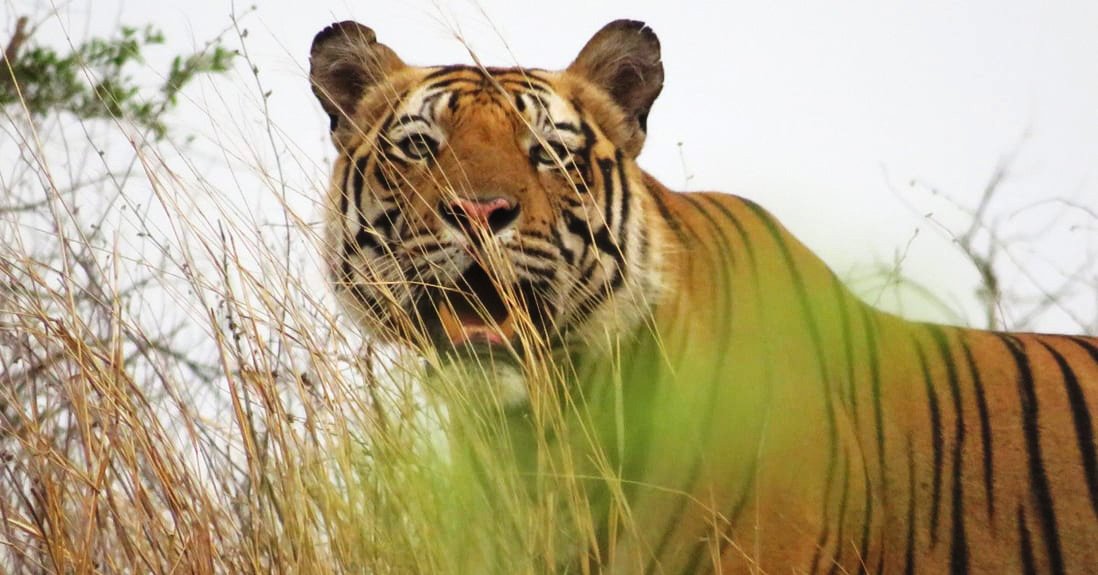
From the moment I enter Bandhavgarh National Park, it’s clear the wildlife is never far away.









